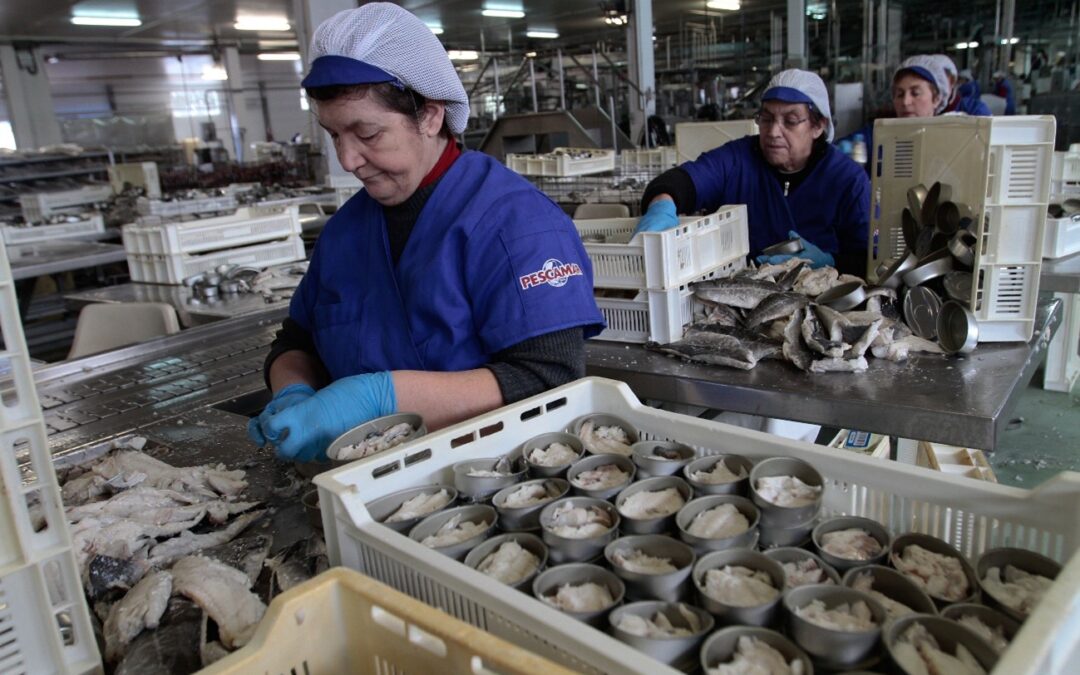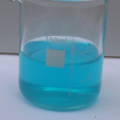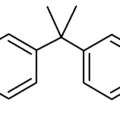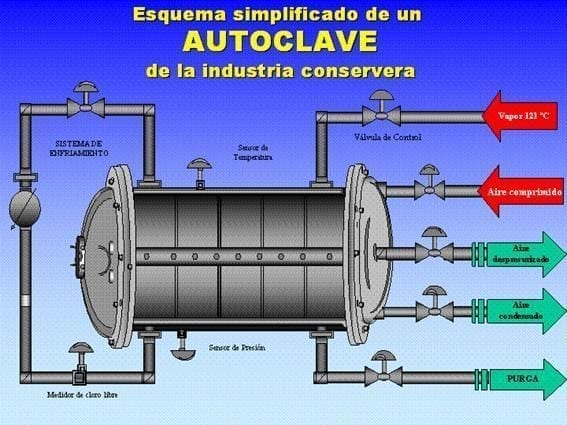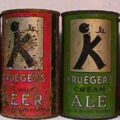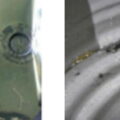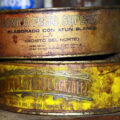Can corrosion in the fish canning industry can be caused by a number of factors and can manifest itself in different ways. Here are some potential causes and types of corrosion that could be affecting your canned fish products:
- Sulfide deposits: The interaction between the tin in the can and the sulfur compounds in the fish can lead to the formation of black sulfide deposits. These deposits are not harmful, but may be unattractive. It is recommended that canned fish be consumed within one year to avoid further degradation of the can.
- Pitting corrosion: Occurs when small pits or holes form in the metal, often due to the presence of chloride ions or other corrosive substances. Pitting corrosion is particularly problematic because it can lead to perforation of the can and loss of product.
- Stress corrosion cracking: This type of corrosion can occur when the metal is subjected to stress, either by external forces or internal tensile stresses. It can lead to cracks in the metal which then preferentially corrode.
- Filiform corrosion: This type of corrosion appears in the form of filiform filaments on the surface of the metal and can lead to can failure. It is often associated with the external environment, such as exposure to sulfur dioxide and hydrogen sulfide.
- Internal corrosion: This is an electrochemical reaction that occurs inside the can and can cause organoleptic changes in the product, loss of vacuum, swelling and leakage in extreme cases. The presence of air in the headspace of the can, the type and acidity of the food, and the duration and temperature of storage can influence the level of internal corrosion.
- Problems with lacquer: The internal surface of tinplate is normally coated with a lacquer to improve corrosion resistance. If the lacquer does not provide an effective barrier, or if it is damaged due to mechanical impact or manufacturing defects, the underlying metal can corrode rapidly.
- Contaminants in food: Certain contaminants, such as copper and nickel, can increase the risk of corrosion.
Copper contamination in weld zones can promote stress corrosion cracking, while nickel can increase the possibility of pitting corrosion.
To mitigate these corrosion problems, it is essential to ensure proper can manufacturing practices, including the use of appropriate lacquers and treatments, careful handling to avoid mechanical damage, and proper storage conditions. If corrosion is a recurring problem, it may be necessary to review and possibly change the materials or processes used in can manufacturing.

